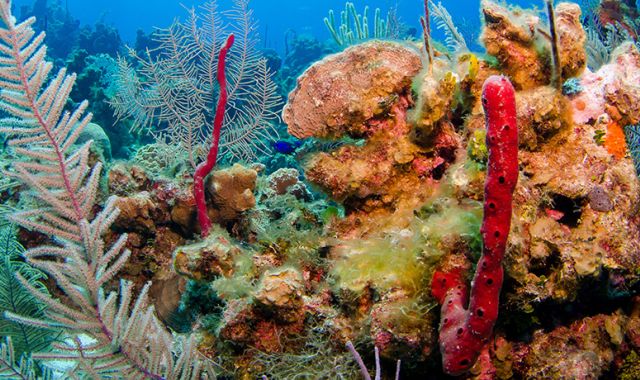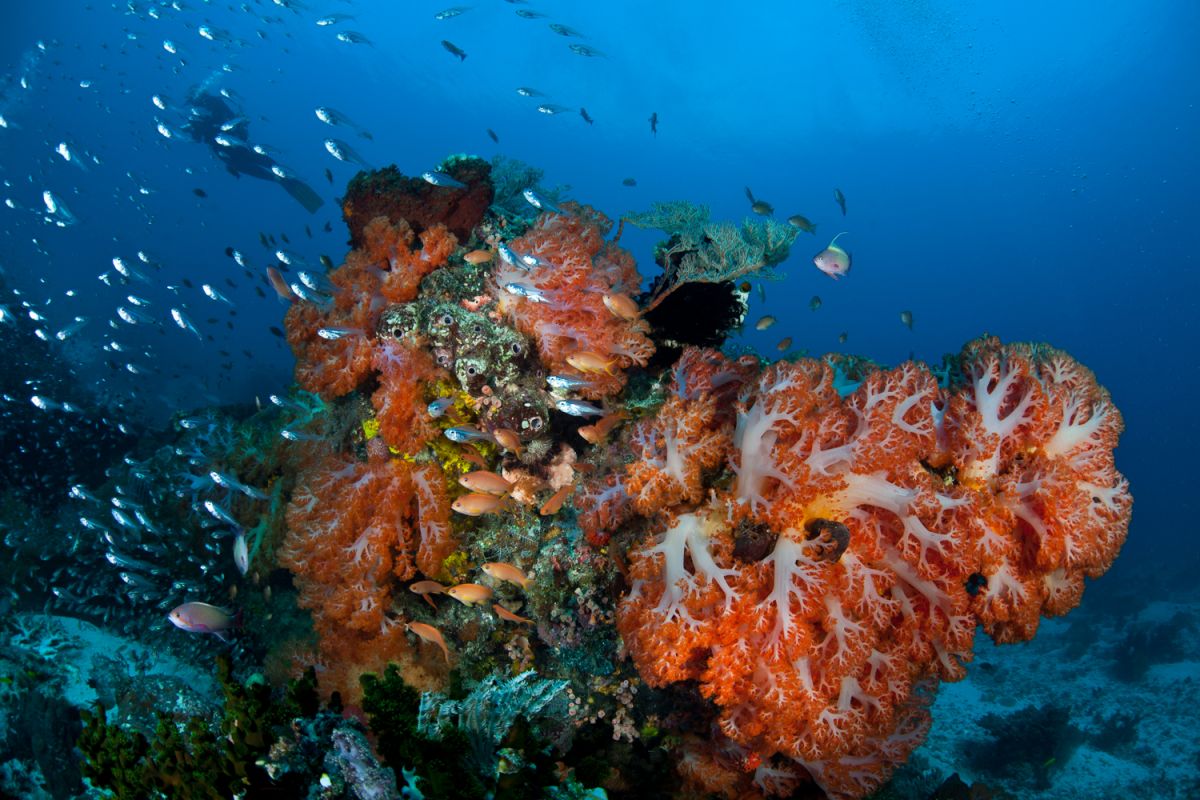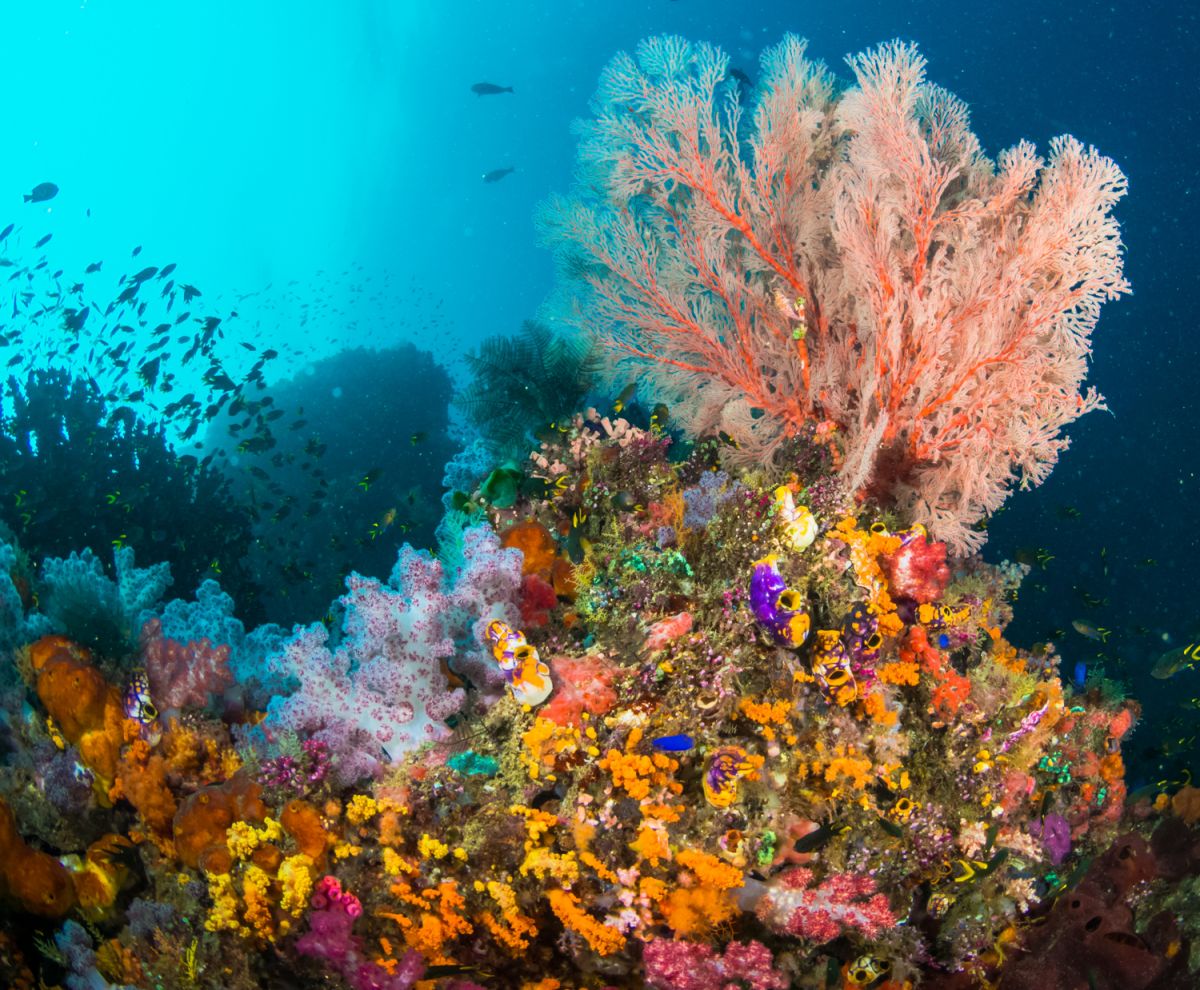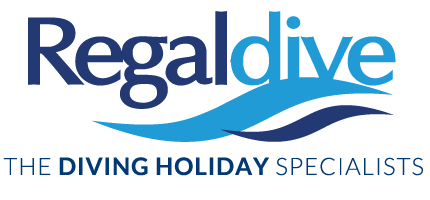- More More
- Blog
- Inspire me
- Groups
- Offers More
- Dive Courses More
- Liveaboards
More

Liveaboard Trips
On-board accommodation offering the opportunity to live right over the dive sites and to experience secluded dives...
Diving regions...
- LATEST AVAILABILITY BY REGION
- Red Sea availability
- Maldives availability
- Indonesian availability
- Socorro Mexico availability
- Galapagos availability
- ALL LIVEABOARD DIVING REGIONS
- Bahamas
- Bikini Atoll
- Caribbean
- Cocos Island
- Destinations
MoreDIVING REGIONS...
Our Top destinations....Why not try....
Find a trip
- Resort
- Liveaboard
Enchanting corals

7 Apr 2020, Emily Chappell
My favourite animal has undoubtedly got to be coral. Corals are highly complex and interesting animals; forming a key part of coral reef ecosystems, which provide habitat for marine life. Corals – as part of coral reefs – have an estimated global value of £6 trillion a year; attributable to their contribution to tourism and fishing industries as well as coastal protection. More than 0.5 billion people live within 100km of coral reefs and depend on reefs for jobs, food and coastal defence.

Corals are marine invertebrates within the class Anthozoa and phylum Cnidaria – incidentally the same class and phylum that sea anemones belong to. The individual coral animal is called a coral ‘polyp’ and typically many identical polyps will join together to form the overall coral colony.
Image by Emily Chappell
Many types of coral exist, but the two main groups are hard and soft corals. Hard corals are reef-building corals and are primarily responsible for depositing calcium carbonate through the process of calcification; governing three-dimensional reef growth. Reef growth depends on several factors including temperature, irradiance, pH, salinity, nutrient availability and water turbidity. Corals’ stringent growth requirements generally restrict tropical reef distribution to between the tropics of Cancer and Capricorn (30oN and 30oS of the equator) as these latitudes have a sea temperature range of 18-36oC. Well-known for its high diversity of corals, The Coral Triangle is one of the best places for reef diving, extending from Indonesia to the Philippines, and reaching the Solomon Islands in the Pacific Ocean. The distribution of corals allows us as divers to enjoy the beautiful structures in which they form and reap the benefit of diving in nice warm seas in the process!

Most corals contain single-celled algae called zooxanthellae (pronounced zoo-zan-tha-lee), which are plant-like organisms. Housed within the protective surroundings of the coral tissues, these microscopic algae utilise the coral’s metabolic waste products for photosynthesis. In turn, the corals benefit as the algae remove wastes and produce oxygen and organic products from photosynthesis that the corals need to grow and thrive.
Image by Emily Chappell
This mutual relationship is why hard corals have proven their worth as effective reef-builders for over 250 million years. They have created some of the largest living structures to date and the longevity of their ecological communities rivals that of vast forests on land. What more can you ask for from your favourite animal?!




